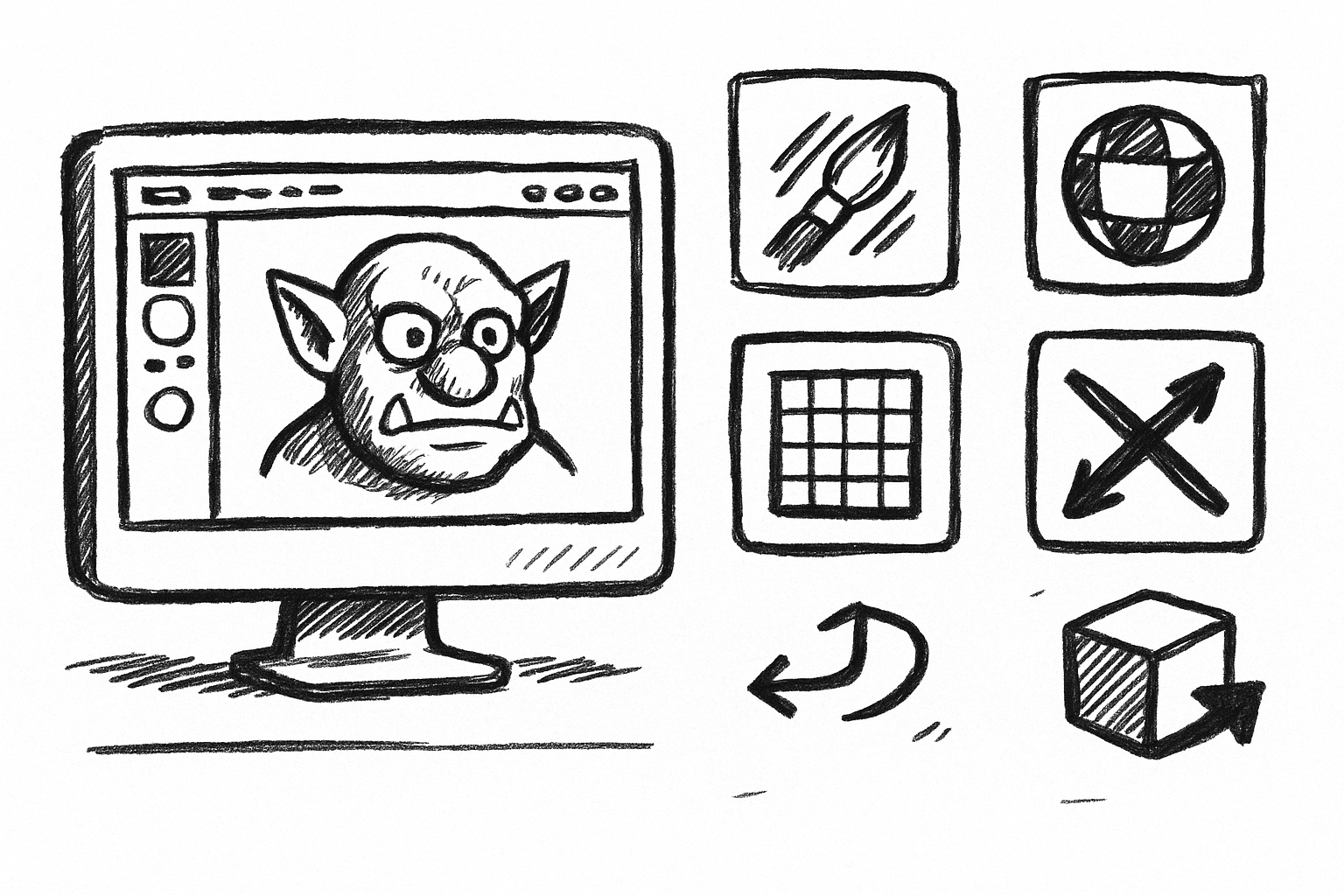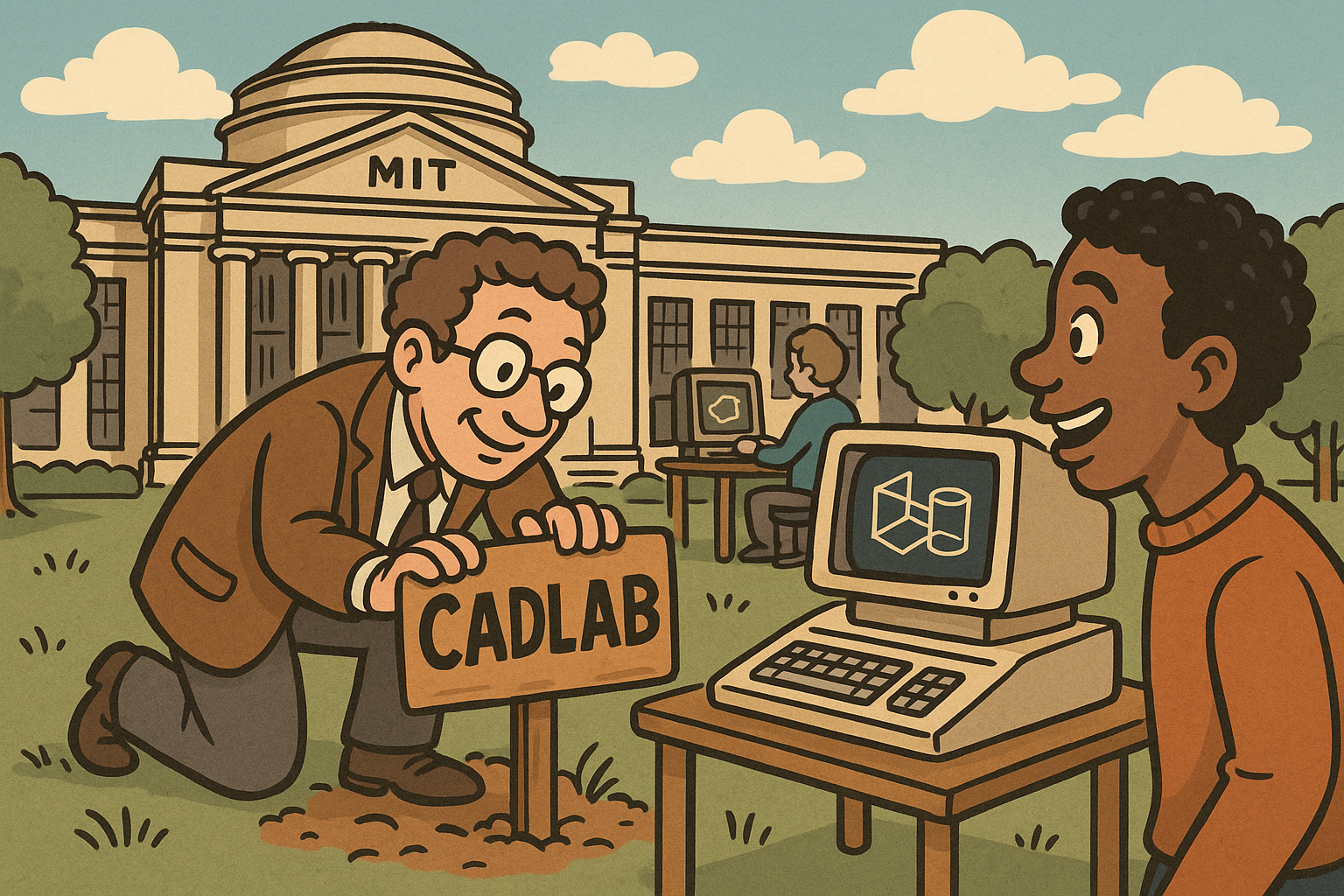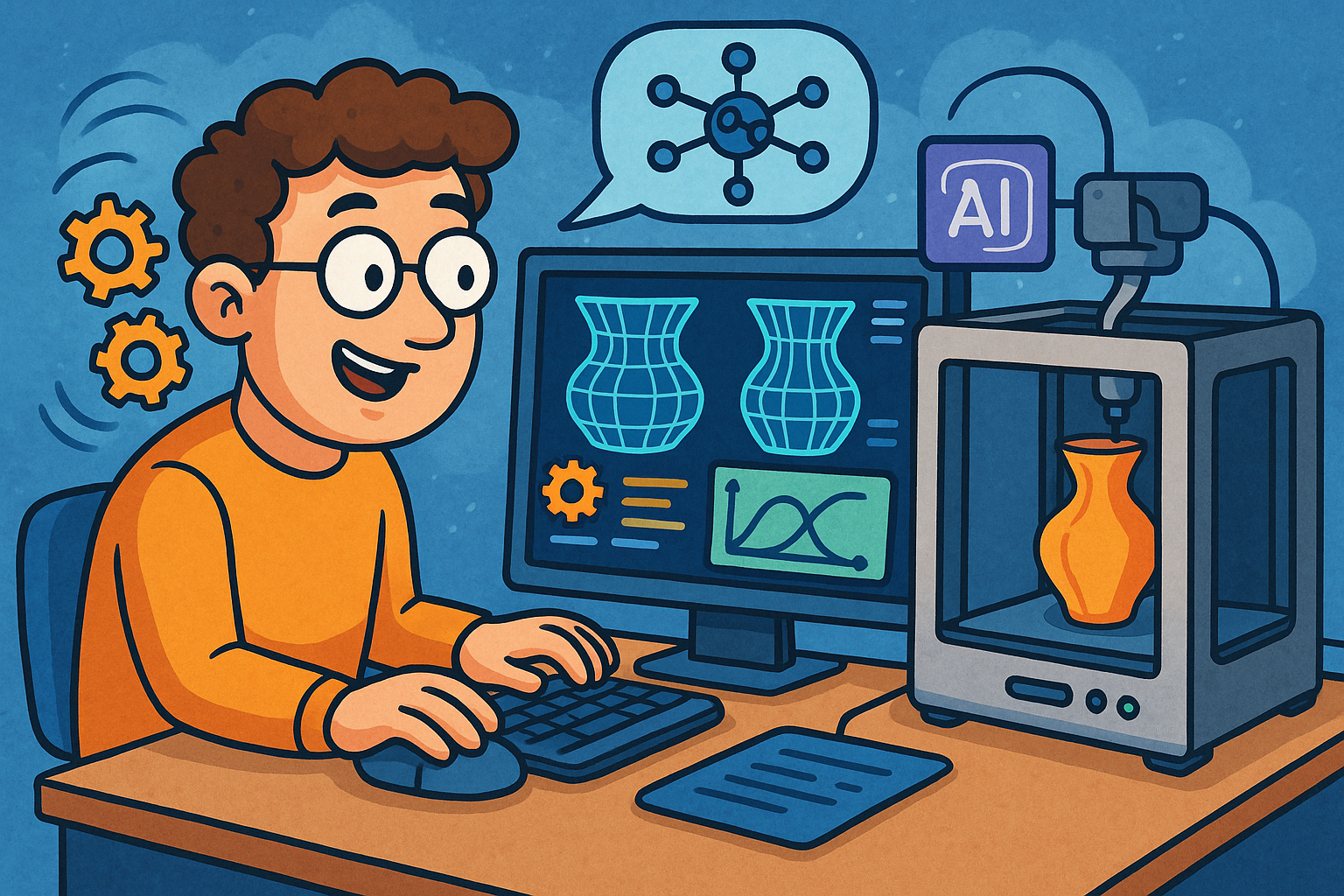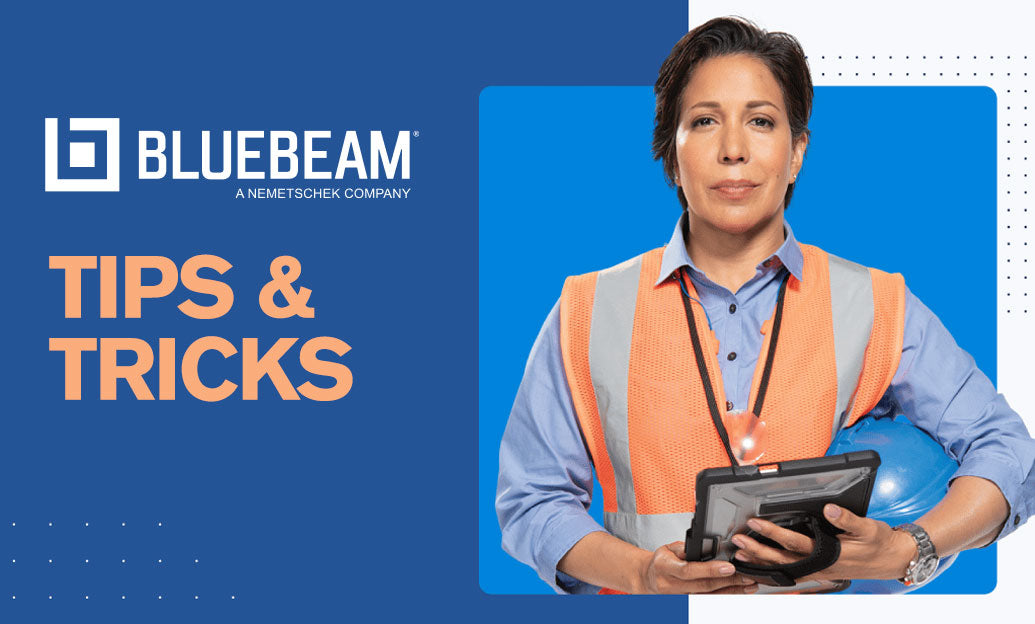Your Cart is Empty
"Great customer service. The folks at Novedge were super helpful in navigating a somewhat complicated order including software upgrades and serial numbers in various stages of inactivity. They were friendly and helpful throughout the process.."
Ruben Ruckmark
"Quick & very helpful. We have been using Novedge for years and are very happy with their quick service when we need to make a purchase and excellent support resolving any issues."
Will Woodson
"Scott is the best. He reminds me about subscriptions dates, guides me in the correct direction for updates. He always responds promptly to me. He is literally the reason I continue to work with Novedge and will do so in the future."
Edward Mchugh
"Calvin Lok is “the man”. After my purchase of Sketchup 2021, he called me and provided step-by-step instructions to ease me through difficulties I was having with the setup of my new software."
Mike Borzage
June 12, 2025 5 min read


Digital sculptors now compete in a fast-moving market where iteration speed and production-ready fidelity determine success. ZBrush remains at the heart of most pipelines because it fuses sculptural freedom with technical rigor. The five features examined below represent the essential toolkit that allows artists to move from loose clay sketches to deployable assets without ever breaking creative flow.
DynaMesh functions as a dynamic, on-the-fly re-meshing system that replaces the need to worry about manual topology during early exploration. Every time the user triggers a DynaMesh update, the sculpt is voxelized and rebuilt into an even polygon distribution, instantly welding disjointed parts and erasing stretched quads. Because the procedure is completely symmetrical and watertight, concept sculptors can Frankenstein limbs together, carve deep cuts, or pull dramatic horns from the surface without a single concern for edge flow.
The typical workflow begins with a crude sphere or cylinder set at a low resolution where primary proportions are established. Once silhouettes feel convincing, the resolution knob increases stepwise to capture secondary masses such as bony landmarks, fat pads, and cloth folds. Tertiary pores or micro scratches only appear after the base forms have settled, ensuring every extra polygon really serves surface detail rather than hiding volume mistakes. Should the mesh become too heavy, a lower DynaMesh resolution can be invoked, then the lost details are recovered through the Project feature, transferring high-frequency information back onto the optimized shell.
Common pitfalls revolve around over-densification. Artists new to the system often crank the resolution slider too early, locking themselves into a sluggish model that hampers quick shape changes. Discipline comes from periodically checking silhouette quality at distance and resisting premature subdivision. When wielded with restraint, DynaMesh becomes a pure sketchbook—capable of everything from alien anatomy mock-ups to mechanical block-outs or boolean preparations for 3D printing.
Once a high-poly concept reaches maturity, it must transition to an animation-ready topology that deforms predictably, unwraps cleanly, and exports efficiently. ZRemesher automates what used to require days of manual point-by-point retopology. By analyzing curvature and concavity, the algorithm lays down new edge loops with adaptive density—concentrating quads along smile lines or muscle striations while relaxing density over broad areas like cheeks or armor plates.
Three controls govern the process. Target Polygon Count sets an approximate vertex goal, Adaptive Size determines how strict that target stays, and ZRemesher Guides let artists hand-draw strokes to influence flow around eyelids, elbows, or zipper seams. A Half toggle halves resulting density for iterative passes, while Adapt corners refine selective areas without global changes.
When paired with subdivision levels, the new mesh can project back to the original sculpt, ensuring no pore or stitch is sacrificed. The result is a light, organized model ready for UV layouts, weight painting, or cloth simulation while eliminating hundreds of labor hours across a production slate.
Sculptris Pro abandons traditional subdivision hierarchies in favor of localized, brush-driven tessellation. Each stroke adds triangles only where additional resolution is demanded, and smoothing removes excess faces in flatter zones. Because the geometry adapts in real time, artists can switch from rough chisel work to eyelid folds without toggling between subdivision levels or re-DynaMeshing.
The feature shines during exploratory sketching; there is no penalty for exaggerating forms, scraping them away, and re-creeping volumes into place. Micro pores, scars, or ornamental engravings appear precisely where stylus pressure warrants them. The adaptive behavior also makes Sculptris Pro a powerful clean-up tool for uneven scan data—feeding polygroups through “Keep Groups” maintains hard-surface panel borders while smoothing residual noise inside each island. When the time comes to evaluate resource budgets, toggling a Dynamic Subdiv preview instantly visualizes how the hybrid triangle-quad mesh translates to final game or film resolution.
Because density remains unpredictable, Sculptris Pro should eventually hand off to ZRemesher for uniform quad distribution if the asset requires rigging. However, the freedom from planning subdivision levels accelerates ideation and can bridge concept art with production modeling in a single session.
Complex characters rely on dozens, sometimes hundreds, of discrete components: eyeballs, teeth, gloves, belts, buckles, hair cards. ZBrush answers that complexity with SubTools—individual mesh containers that isolate edits, masking, and dynamic symmetry. The newer Folder hierarchy adds group-level transforms and visibility toggles, opening a clear scene structure reminiscent of DCC outliners.
Separating anatomy from equipment delivers immediate viewport performance gains, but it also brings organizational clarity. Artists can lock a finished torso layer, Solo a boot for closer inspection, and rotate an entire prop folder 45 degrees without touching adjacent geometry. Shared local symmetry per SubTool ensures horns mirrored around their own origin remain accurate even if the main body skews off center, preserving sculptural integrity throughout re-poses.
In collaborative environments, a transparent SubTool stack expedites downstream tasks:
Because visibility sets can be stored at folder level, an artist can jump between full-character presentations and focus shots in a single click, keeping feedback sessions concise and purposeful.
Insert Multi Mesh (IMM) brushes act as drag-and-drop detail libraries. An artist populates a brush with bolts, buckles, buttons, feathers—then drags any element onto the surface, automatically aligning normals and scaling to brush size. Surface details that once demanded repetitive cloning now appear in moments. Over time, personal IMM libraries become a signature style kit: a collection of mecha joints, stylized rocks, or Celtic knots ready for immediate deployment.
NanoMesh extends this modular philosophy into an instance-based system. Instead of spawning unique geometry, NanoMesh scatters live instances across source faces, vastly reducing memory overhead. Rotation, scale, offset, UV index, and even random mesh selection vary across thousands of copies while remaining editable until the artist commits them. This is invaluable for tasks like reptile scales, rivet lines, or clusters of foliage where subtle irregularity sells realism.
For maximum efficiency, combine these tools with ZModeler. Hard-surface panels receive bevels, extrusions, and creases directly in ZBrush; then IMM slotted screws or NanoMesh vent grilles populate selected poly loops. Because everything stays native to the ZBrush environment, no external modeling packages interrupt creative rhythm.
Best practice is to tag IMM parts by category—clips, cables, hatches—and periodically cull obsolete pieces to keep the brush lightweight. During NanoMesh operations, remember that each parameter can randomize per index, enabling organic scatter even from mechanical seeds. When satisfied, converting instances to real geometry finalizes the high-poly pass for baking or boolean operations.
Individually, DynaMesh, ZRemesher, Sculptris Pro, the SubTool/Folder ecosystem, and the IMM/NanoMesh arsenal each solve a specific bottleneck in digital sculpting. Together they create a full-cycle workflow that begins with a lump of digital clay and ends with a rig-ready, texture-friendly asset—in many cases without ever leaving ZBrush. Mastery comes from deliberate adoption: embrace one feature thoroughly, fold its strengths into daily practice, and then advance to the next. The compounded productivity gains will not only accelerate personal projects but also position studios to deliver higher-quality content on tighter schedules.

July 26, 2025 10 min read
Read More
July 26, 2025 9 min read
Read More
July 26, 2025 1 min read
Read MoreSign up to get the latest on sales, new releases and more …